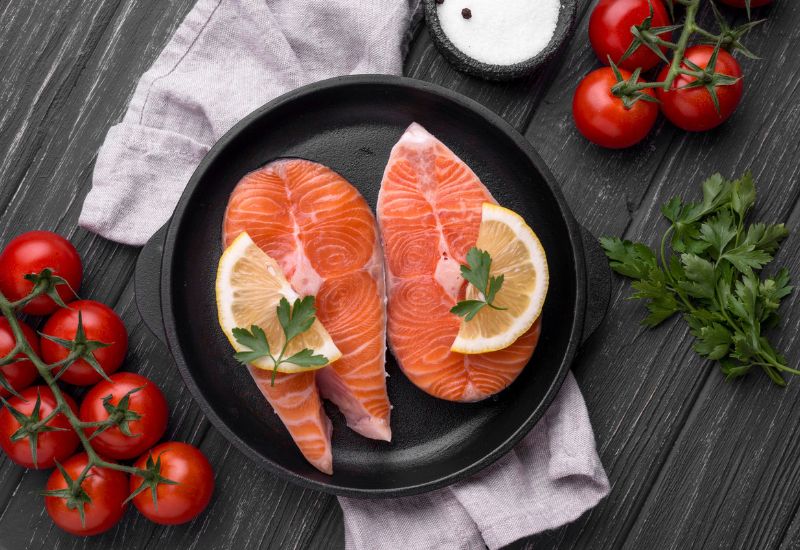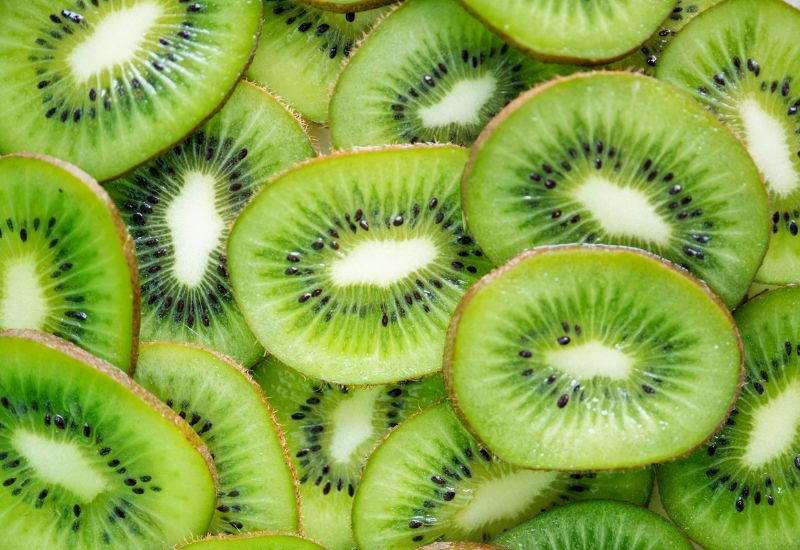Calcium is an essential mineral that plays a vital role in maintaining bone and dental health, while also supporting many other physiological functions. Incorporating calcium-rich foods into your daily diet is crucial for long-term wellness. But which foods are the best sources of calcium? This article outlines five key groups of calcium-rich foods that you should consider adding to your meals.
1. The Importance of Calcium in the Human Body
Calcium serves multiple critical functions, including:
– Maintaining Bone and Dental Health: Approximately 99% of the body’s calcium is stored in bones and teeth. Calcium strengthens bones, supports skeletal development in children, and prevents osteoporosis in older adults.
– Muscle Function: Calcium enables muscle contraction and relaxation. When nerves signal muscles to contract, calcium is released to facilitate the process. A deficiency may result in cramps or involuntary muscle spasms, especially after strenuous activity.
– Nervous System Regulation: Calcium acts as a signaling molecule between nerve cells. It ensures smooth transmission of nerve impulses and helps maintain coordination and control of movements.
– Blood Clotting: Calcium is essential for the blood clotting process. It activates clotting proteins that help wounds heal more quickly.
– Cardiovascular Support: This mineral helps regulate heart rhythms and supports cardiac muscle contractions, contributing to stable blood circulation. An imbalance can lead to blood pressure irregularities and arrhythmias.
– Enzymatic Reactions: Calcium functions as a co-factor in many biochemical reactions, aiding metabolism and energy production.

Calcium is a key component of bones and teeth.
2. Top 5 Calcium-Rich Food Groups
2.1. Dairy and Dairy Products – One of Calcium-Rich Food Groups
Dairy remains one of the most calcium-dense food groups. A single 250ml glass of milk contains around 300mg of calcium—approximately 30% of the daily requirement for adults. Hard cheeses like Parmesan offer even more, with 331mg of calcium per 30g. Yogurt not only provides calcium but also delivers probiotics, which enhance gut health and calcium absorption.
Additionally, dairy products are often fortified with vitamin D and provide protein, both of which support calcium metabolism. To optimize benefits, consider pairing milk with snacks or enjoying yogurt as a healthy dessert.
2.2. Seafood
Seafood, particularly fish with edible bones such as sardines and canned salmon, is a natural source of calcium. A 100g serving of sardines can provide up to 370mg of calcium when consumed with the bones. Dried shrimp, popular in Vietnamese cuisine, contains approximately 1,120mg of calcium per 100g. Furthermore, seafood is rich in omega-3 fatty acids and vitamin D, which promote cardiovascular health and enhance calcium absorption.
Sardines can be added to salads, salmon can be grilled, and dried shrimp is perfect in soups. However, seafood also contains purines, which may not be suitable for individuals with gout if consumed in excess. Balance is key.

Salmon is an excellent natural source of calcium.
2.3. Leafy Greens and Seeds – Calcium-Rich Food Group
Plant-based calcium sources are equally important. Leafy greens such as kale and spinach are excellent examples. Cooked kale provides about 180mg of calcium per 130g serving, while spinach offers up to 245mg. Seeds like almonds, chia, and sesame are also calcium-rich—100g of sesame seeds contains up to 975mg of calcium.
Greens can be added to salads, stir-fries, or soups. Seeds can be sprinkled over yogurt or smoothies or eaten as snacks. Note that spinach contains oxalic acid, which may inhibit calcium absorption. Light boiling before consumption can help reduce this effect.
2.4. Legumes and Soy Products
Affordable and accessible, legumes and soy products like tofu, soy milk, and various beans are excellent calcium sources. A 100g serving of tofu can deliver around 350mg of calcium, while calcium-fortified soy milk provides about 300mg per 250ml. Cooked white beans contribute around 160mg per 100g, along with fiber and plant-based protein.
Tofu can be fried, added to soups, or used in stir-fries. Beans can be incorporated into stews or salads.
2.5. Fruits
While not as calcium-rich as dairy or seafood, certain fruits can still contribute meaningfully to your daily intake. Oranges, kiwis, dried figs, and citrus fruits contain moderate amounts of calcium. For example, an average orange offers around 50mg, while 100g of dried figs provide 162mg.
Fruits can be eaten fresh, used in smoothies, or enjoyed dried as snacks. They also offer vitamin C, which supports calcium absorption and boosts immunity.

Although not high in calcium, fruit contributes to a balanced and varied diet when combined with other sources.
Calcium is a cornerstone of bone strength and overall vitality. With options ranging from dairy and seafood to plant-based choices like leafy greens, legumes, and fruits, it’s easy to create a balanced, calcium-rich diet. Each food group offers additional benefits such as fiber, vitamin D, and essential proteins. For best results, diversify your sources, combine them thoughtfully, and maintain a healthy lifestyle. Start today by making calcium a daily dietary priority for yourself and your family.








